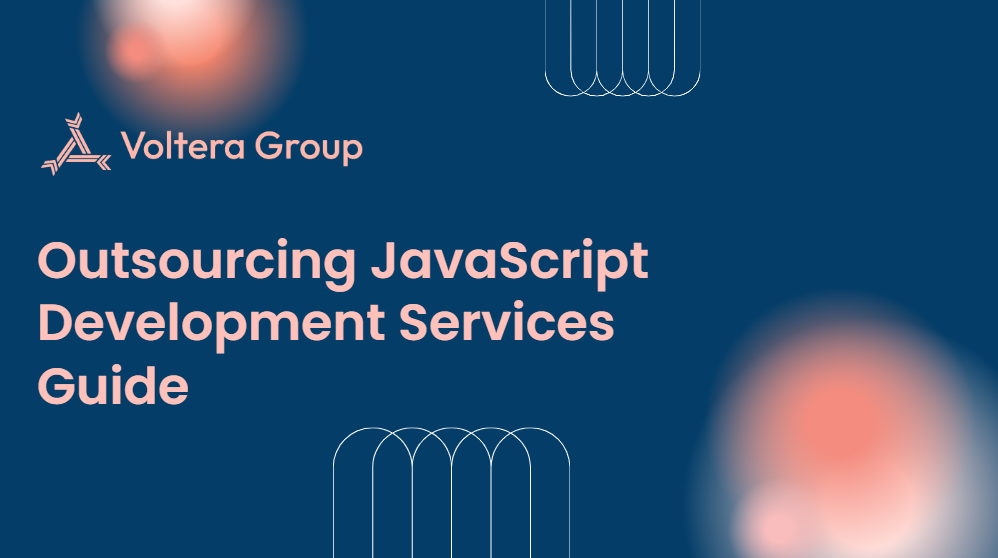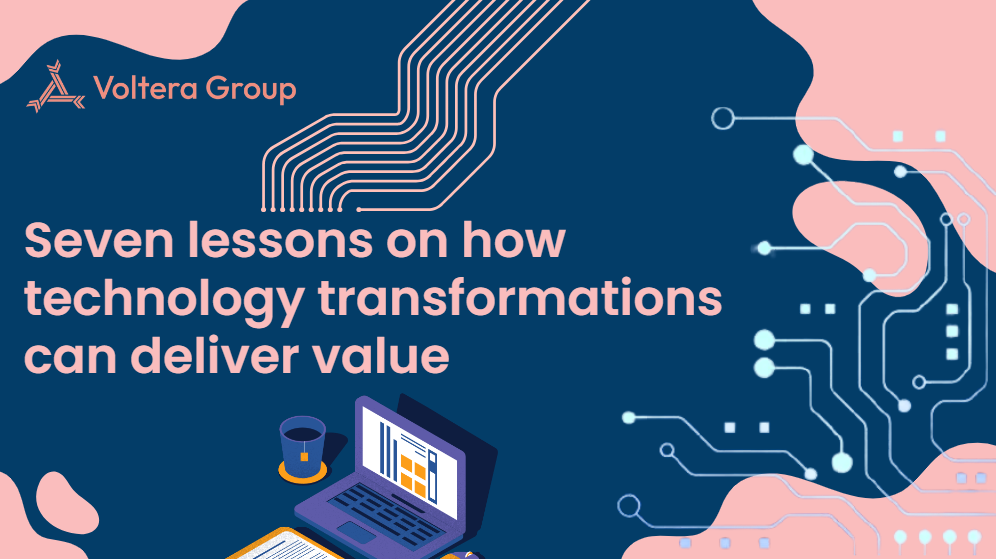AI Computer Vision Giving Machines Super Sight
We utilize AI computer vision to enable machines to understand and create visual content, including static images and dynamic video. We develop advanced systems that generate new visual materials, enhance existing content, and extract valuable information, leading to innovative applications across diverse industries.
AI Computer Vision Solutions in Generative AI
01
Image and Video Generation
Creating highly realistic visual content from scratch or based on textual descriptions using advanced vision AI systems.
02
Visual Content Enhancement
Improving existing images and videos by removing noise, restoring damaged elements, or transforming visual styles.
03
Object Recognition and Localization
Identifying and precisely locating objects within visual content for diverse applications using industry best practices.
04
Semantic Segmentation
Dividing images into distinct segments based on object boundaries or regions of interest.
05
Training Data Expansion
Creating new AI development datasets by applying sophisticated transformations to existing visual content.
06
Visual Anomaly Detection
Identifying unusual patterns or abnormalities in images or video streams for quality control and security applications.
Don't just observe—take decisive action.
Industry-Specific Computer Vision Solutions
Retail and E-commerce
Visual Search: Enable customers to discover products using images rather than text. Our computer vision models analyze visual inputs to retrieve similar products from inventory databases.
Product Visualization: Generate high-quality images showing multiple product variations using generative AI. This technology creates different perspectives, color options, and usage scenarios.
Inventory Management: Track product levels, identify shelf positioning, and detect merchandising issues. This technology supports faster checkout processes and loss prevention.
Recommendation Systems: Analyze customer visual preferences alongside behavioral data to suggest relevant products.
Agricultural Technology
Crop Monitoring: Process drone imagery to detect plant health issues, pest infestations, and nutrient requirements. Computer vision algorithms analyze these images to optimize agricultural practices.
Livestock Observation: Deploy vision systems for health monitoring and behavior tracking in both enclosed and open environments.
Food Quality Assessment: Implement automated classification systems based on visual criteria including shape, color, and texture.
Supply Chain Visualization: Enable product tracking through sophisticated packaging analysis and visual identification.
Security and Law Enforcement
Biometric Authentication: Implement real-time recognition systems ensuring secure identity validation.
Behavioral Analysis: Enhance surveillance capabilities by detecting unusual activity patterns.
Forensic Visual Analysis: Support investigative processes with license plate recognition and scene reconstruction capabilities.
Predictive Security: Deploy systems that identify patterns indicating potential security threats before incidents occur.
LLM Agent A
State-Of-Art Automation (Scheme)
LLM is not only the possibility to chat and get a wide range of information, but it's also the possibility to retrieve your local data from databases, docs, and spreadsheets. With advanced LLM Agents—a core part of generative AI as a service—you can automate your routine processes, streamline client communication, or implement your start-up ideas.

Accelerate results with our AI vision technology.
Technologies of Artificial Intelligence and Machine Learning
Our Computer Vision Implementation Methodology
AI computer vision teaches machines to perceive and understand visual information similar to human sight. This iterative process often requires moving between stages to continuously improve model performance.
Problem Definition
01
Clearly articulate what your computer vision solution needs to address—whether defect detection, object recognition, or other visual analysis tasks.
Data Acquisition
02
Gather relevant visual datasets that will train your system to recognize patterns and make accurate decisions.
Data Preparation
03
Clean and standardize your visual inputs to remove confusing or contradictory information that could impact results.
Model Development
04
Select appropriate algorithms and architectural approaches, then train your system using labeled data to recognize patterns.
Performance Optimization
05
Refine your model through parameter tuning and potentially explore alternative approaches to improve accuracy.
Deployment Strategy
05
Determine the optimal infrastructure approach—whether cloud-based, on-premises, or edge computing—based on your specific requirements.
Challenges Addressed Through Computer Vision
Quality Control Limitations
Our computer vision systems detect microscopic product defects that human inspectors might miss during manufacturing processes.
Security Vulnerabilities
Implement continuous monitoring with instant threat detection across multiple locations simultaneously.
Inventory Management Inefficiencies
Automatically track stock levels without manual scanning, improving accuracy and reducing labor costs.
Customer Behavior Analysis Gaps
Analyze in-store traffic patterns and engagement metrics to optimize layouts and product placement for improved experiences.
Benefits of Partnering with Our Team
Technical Expertise
We possess comprehensive knowledge of data infrastructure, modeling techniques, and development methodologies essential for project success.
Established Methodologies
Our engineers employ proven processes and tools to streamline development and deployment, prioritizing tasks effectively to meet critical deadlines.
Data Management Excellence
Our teams excel at handling complex visual datasets, ensuring accuracy and reliability through robust data pipelines and optimized storage solutions.
System Optimization
We build scalable architectures, ensure operational reliability, and optimize performance across all computer vision tasks for maximum speed and accuracy.
Competitive Advantages with Our Gen AI Services
Frequently Asked Questions
What is computer vision?
Computer vision is a field of artificial intelligence that enables computers to interpret and understand visual information similar to human perception. It involves extracting meaningful data from images and videos to enable tasks like object recognition, scene understanding, and automated decision-making based on visual inputs.
What advantages does AI-powered computer vision offer?
AI-enhanced computer vision enables machines to interpret visual information with unprecedented accuracy, supporting tasks ranging from object recognition to complex scene analysis. This technology drives automation, improves operational efficiency, and creates new possibilities across industries from healthcare diagnostics to manufacturing quality control. Ultimately, it extends human capabilities and accelerates innovation in visually-dependent processes.
How do computer vision, machine learning, and machine vision differ?
Computer vision is the broad field focused on enabling machines to understand and interpret visual data. Machine learning provides the algorithmic foundation that allows systems to learn from data without explicit programming. Machine vision represents the industrial application of computer vision, typically involving cameras and image processing systems that control robots or guide automated manufacturing processes.
What do comprehensive computer vision development services include?
Our development services encompass the complete lifecycle of building vision systems—from initial data collection and preparation through model development, training, deployment, and integration. These services include strategic consulting, custom software development, and ongoing support to ensure optimal performance and maximum business value.
How does computer vision create new business opportunities?
Computer vision drives innovation by enabling entirely new products and services, optimizing operations through automation and efficiency improvements, and creating competitive advantages by solving previously intractable visual challenges. Organizations across sectors from healthcare to retail can leverage generative computer vision solutions to unlock growth opportunities and enhance customer experiences.



